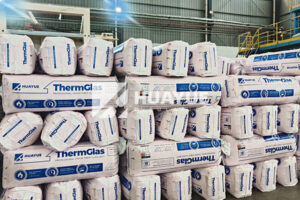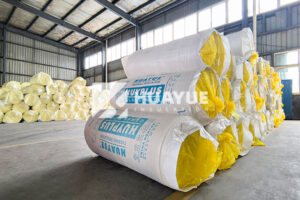Can Water Pipes Be Placed Next to Fiberglass Insulation?
Most people worry about putting water pipes near fiberglass insulation. It sounds risky but actually helps protect those pipes. Let’s look at what you need to know.
Water pipes can be placed next to fiberglass insulation safely. The insulation does not damage pipes. In fact, it helps stop pipes from freezing and saves heat energy.
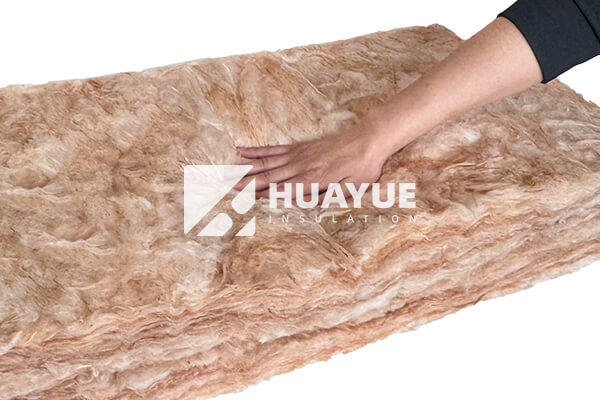
When I started working with pipe insulation, I wanted to prevent any problems with freezing or corrosion. I found that HUAYUE fiberglass insulation was a good option for both hot and cold water lines. Now, I always explain to my customers why this setup works. Here’s what’s important.
Does Fiberglass Insulation React with Water Pipe Materials?
Some worry about fiberglass causing problems with pipes. People want no chemical reactions that could damage copper or PEX lines.
Fiberglass insulation from HUAYUE does not react with pipe materials like copper or PEX. This means you do not need to worry about corrosion or chemical damage over time.
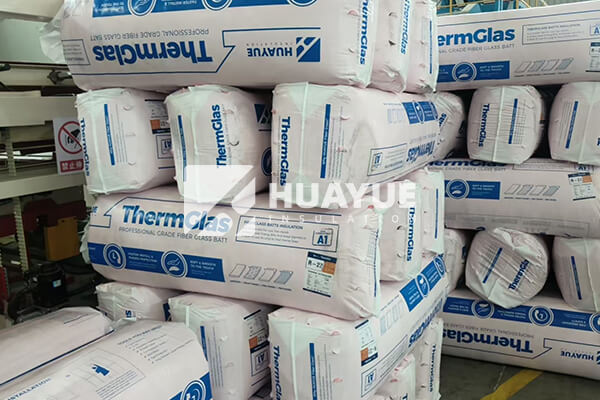
I have installed many systems using HUAYUE products. Whether copper or PEX pipes, I see no negative effects, even after many years. It is smart to choose a trusted material. Fiberglass insulation stays stable and reliable next to pipes.
Let’s look more closely. Copper pipes last for decades because fiberglass insulation does not hold moisture or break down their surface. PEX pipes will not be eaten away or change shape. The insulation stays in place and holds its structure.
Here is a simple comparison for the main pipe materials:
| Pipe Type | Chemical Reaction Risk | Suitability |
|---|---|---|
| Copper | None | Very High |
| PEX | None | Very High |
| PVC | None | High |
If you need to protect your pipes, do not worry about fiberglass insulation causing problems in your plant, home, or factory.
Can Fiberglass Insulation Help Prevent Pipe Freezing or Heat Loss?
When temperatures drop or rise, it can be hard to keep water pipes in good shape. Cold pipes can freeze, and hot pipes can lose heat.
Fiberglass insulation from HUAYUE helps prevent pipes from freezing in cold rooms, crawl spaces, or on exterior walls. It also keeps hot water pipes warm, saving energy and money.
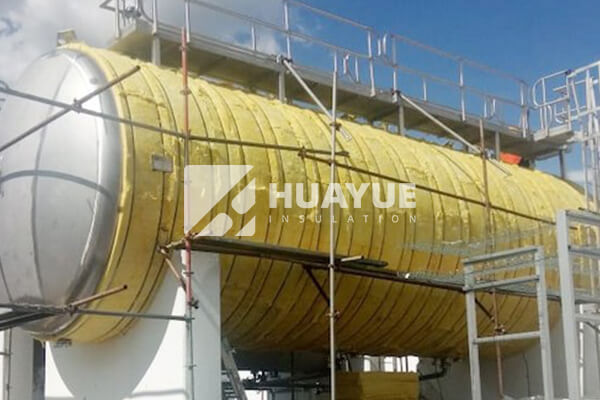
I see these benefits every day. By insulating pipes properly, customers avoid burst pipes when winter comes. In factories, heat loss drops because hot water pipes hold their temperature better. Costly repairs or wasted energy become less common.
Here is what I noticed: If you insulate pipes in a basement or attic, even the coldest nights are not a problem. For hot water pipes, you keep water hotter for longer without extra heating. You might want to use foam insulation around hot pipes first, then wrap HUAYUE fiberglass over that for extra protection. That way, you get the best of both worlds.
The following table shows the benefits of adding fiberglass insulation to water pipes:
| Pipe Type | Risk Without Insulation | Benefit With Insulation |
|---|---|---|
| Cold Water Pipes | Freezing, bursting | Stable temp, no freeze |
| Hot Water Pipes | Heat loss, high bills | Heat saved, lower cost |
If you want reliable water pipes all year round, fiberglass insulation from HUAYUE is a good choice.
What Should You Consider When Installing Fiberglass Insulation Around Pipes?
People want the installation to go smoothly. It is easy to make a mistake if you rush or skip steps.
Proper installation matters. Do not fully bury pipes in the insulation, especially in freezing areas. Leave space so warmth from the room can reach the pipes.
When I install fiberglass insulation, I always check airflow in cold rooms. Pipes wrapped too tightly can get cold and freeze. I keep some space and sometimes use other insulation types for layers. Condensation can also be a problem for cold water pipes. Good ventilation helps stop mold and mildew. In humid rooms, I choose vapor barriers and ensure air can flow.
Consider these steps for the best results:
- Wrap foam insulation on hot pipes.
- Add HUAYUE fiberglass insulation over the foam layer.
- Avoid burying pipes deeply—leave space where possible.
- Use vapor barriers if condensation is a concern.
- Make sure air can reach pipes if the room is cold.
Here is a simple guide:
| Step | Why it matters |
|---|---|
| Layer foam | Extra heat stopping |
| Add fiberglass | More thermal savings |
| Check airflow | Stops freezing |
| Use vapor barrier | Blocks condensation |
Do not forget safety gear. When handling HUAYUE fiberglass insulation, I always wear gloves, eye protection, and a mask. This prevents skin and breathing trouble from fibers. It is a simple step that keeps installation clean and fast.
Conclusion
HUAYUE fiberglass insulation is safe and helpful for water pipes. It prevents freezing, saves heat, and does not cause pipe damage.
You may also be interested in:
Ready to Get Started?
Get in touch with our experts for personalized solutions tailored to your needs.
Get Free QuoteLatest Articles

Glass Wool Fire Rating: How Safe Is Your Insulation?
Dec 25, 2025
Let's Work Together
Ready to take your business to the next level? Get in touch with our team of experts and let's discuss how we can help you achieve your goals.
Get Free Solutions
